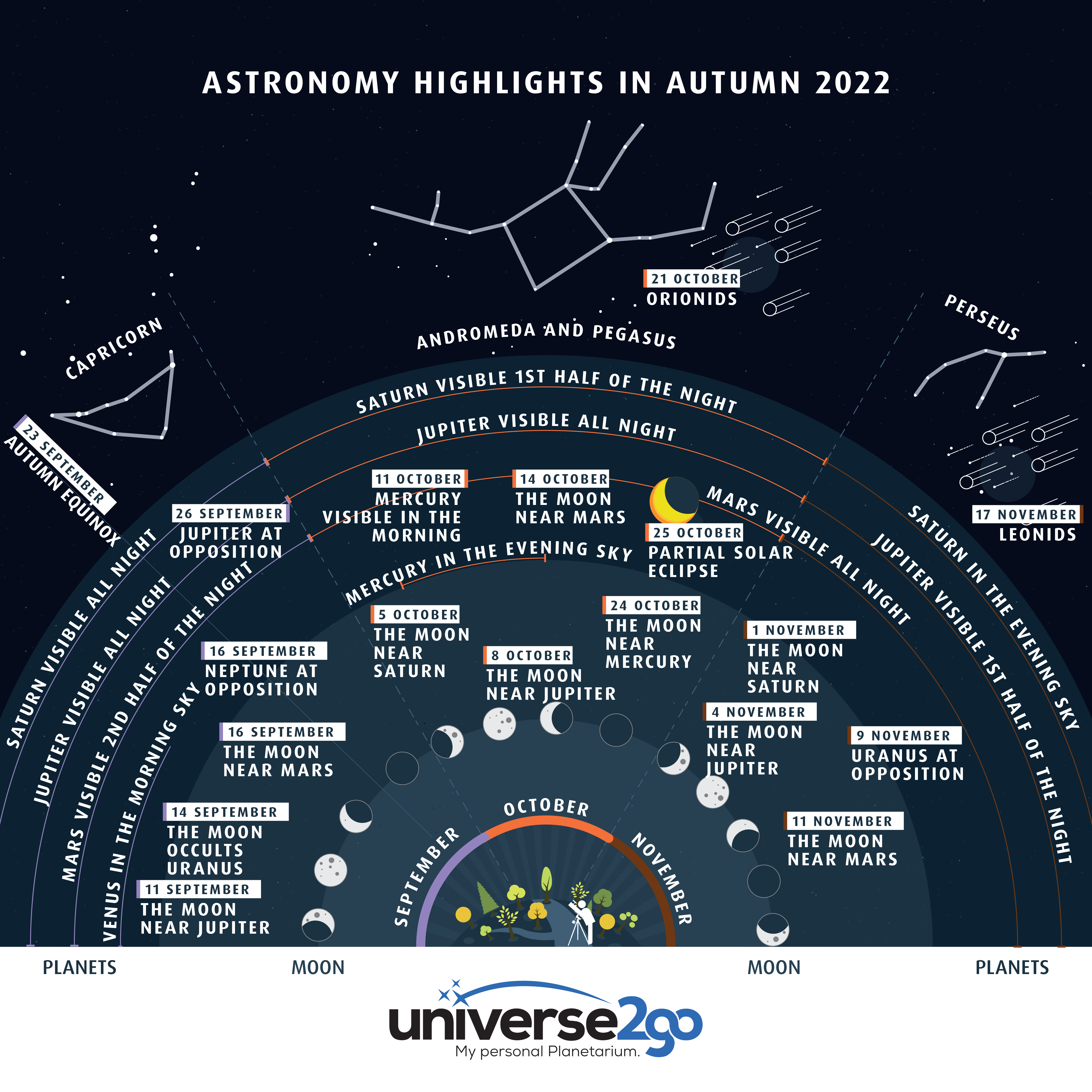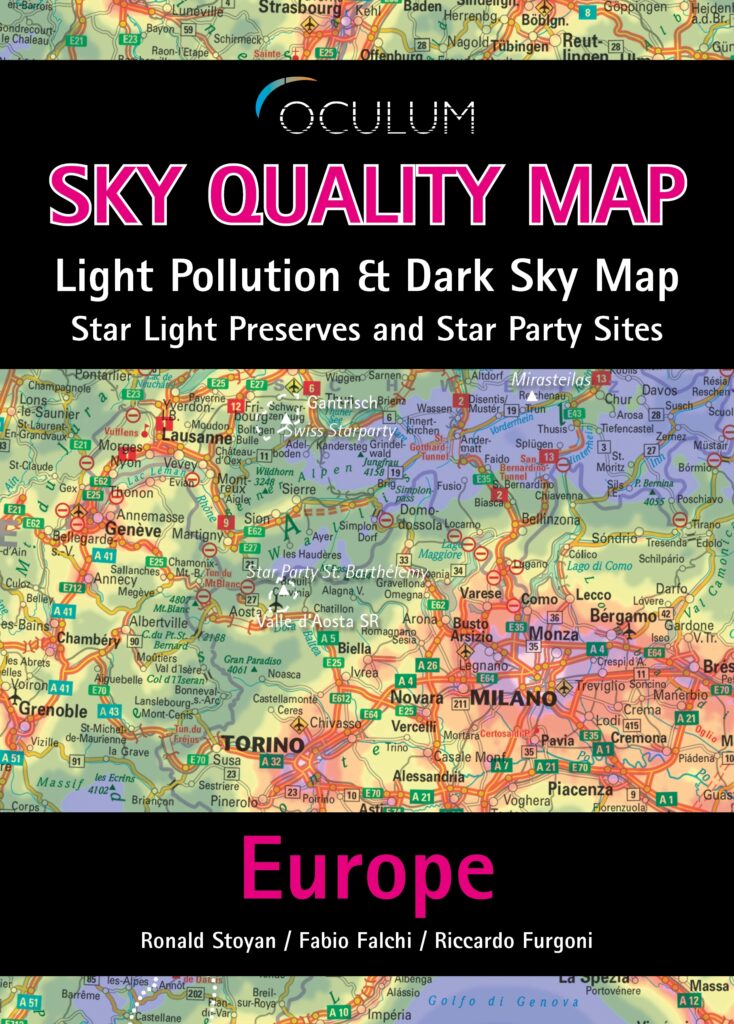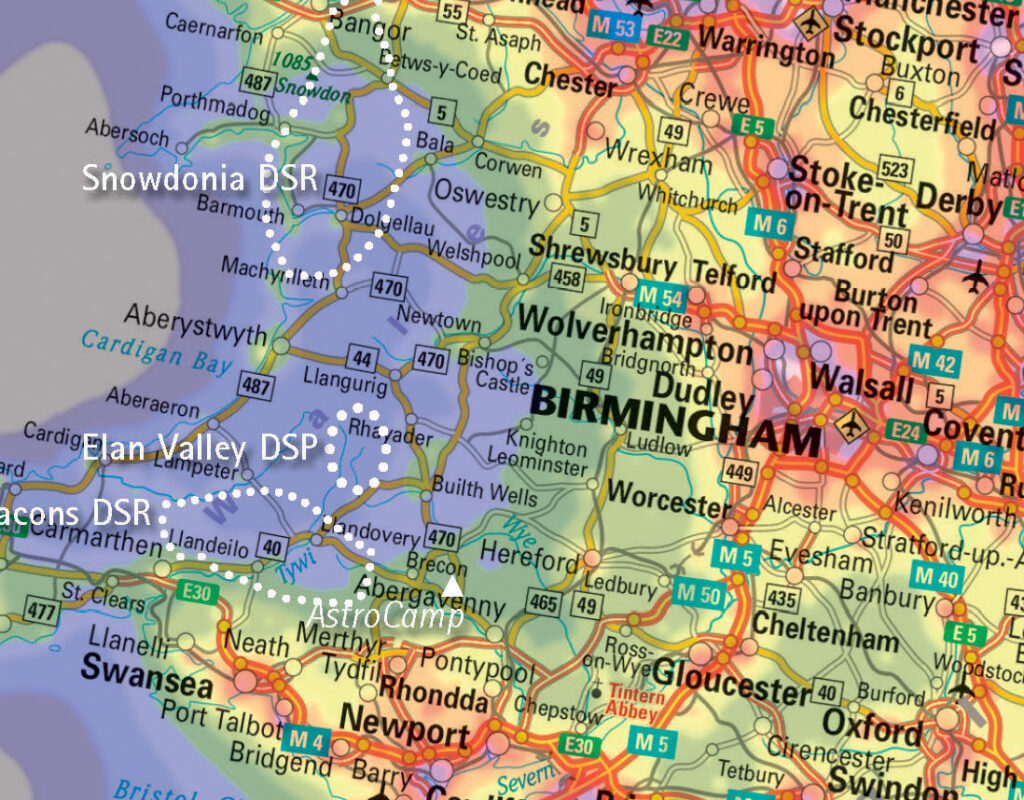Autumn is on its way, and the evenings get dark earlier. For many, this marks the start of a great observing season. And it’s all there: Saturn is eye-catching as it shines in the night sky, Jupiter is at opposition and there will even be a partial eclipse of the Sun! What’s more, the Moon will occult Uranus. And that’s just the start!
In our “Astronomy Highlights in Autumn 2022” infographic, you’ll find many of the important celestial events at a glance. Information and further explanations of the events can be found in the accompanying text.
Have fun observing!
September
11/09 Conjunction between the Moon and Jupiter
The Moon and Jupiter rise almost together and we can admire them at around 9 p.m. above the eastern horizon.
14/09 The Moon occults Uranus
The Moon and the planets move along an imaginary line in the sky known as the ecliptic. This refers to the apparent path along which planets move around the Sun. Once in a while the Moon occults one of the planets. Now, on the 14th, it’s that time again: the Moon approaches with its illuminated side and occults Uranus at around 10 p.m.
16/09 Conjunction between the Moon and Mars
Shortly before midnight, the constellation Taurus climbs above the eastern horizon and will look particularly attractive today, because it also marks the meeting place of Mars and the Moon. Together with Aldebaran, Capella and the Pleiades, it makes a lovely sight.
16/09 Neptune at opposition
Our farthest planet is at opposition to the Sun tonight. Neptune is currently 4.3 billion kilometres away from us and shines with a magnitude of 7.8. Its light takes 4 hours to reach the Earth. We can even see Neptune with binoculars, though it cannot be distinguished from a star. It is only with a telescope that can we identify it as a planet with certainty. But it’s not so easy to find as Jupiter or Saturn. A star chart or app will help you.
26/09 Jupiter at opposition
An opposition is quite special: for this is when a planet is directly opposite the Sun and shines brightly all night long. Jupiter is currently at an altitude of 42 degrees above the horizon. This is considerably higher than in recent years, which greatly improves the quality of our observations.
Lunar phases:
03/09 First Quarter, 10/09 Full Moon, 17/09 Last Quarter, 25/09 New Moon
October
05/10 Conjunction between the Moon and Saturn
Tonight, the Moon passes below the ringed planet. On the Moon you can also observe the phenomenon known as the Golden Handle, an illuminated mountain at the Moon’s terminator.
08/10 Conjunction between the Moon and Jupiter
Time for a planetary evening! The Moon and Jupiter meet today in the constellation Capricorn. In September, Jupiter was at opposition to the Sun and is still an excellent object for any telescope. Tonight, we won’t be disturbed by a bright Moon.
11/10 Mercury in the morning
From 5 October, we can catch Mercury in the morning sky. The closest planet to the Sun is usually too close to it, which is why we rarely see it. October is the only time this year that it is visible in the night sky.
14/10 Conjunction between the Moon and Mars
From midnight, we get a taste of winter because then the constellations Auriga and Taurus appear above the horizon. In the middle of all this we can also see Mars and the Moon, which are particularly close to one another today. Can you see the red colour of our neighbouring planet?
21/10 Orionids
The Orionids are a small meteor shower producing around 20 meteors per hour. The radiant is located in the constellation Orion near the star Betelgeuse. Although you can observe the shooting stars throughout the month, they will be at their peak between 20 and 21 October. The best time to observe them is between 10 p.m. and 4 a.m.
24/10 Conjunction between the Moon and Mercury
Are you an early riser? Perfect, because this morning you can take a quick look at the slender crescent Moon and Mercury. For this you will need an elevated location or an unobstructed view towards the horizon. Then, just before sunrise from 6:50 a.m., you will discover the two celestial bodies.
25/10 Partial solar eclipse
The last partial eclipse that was visible to us was on 10 June 2021. A little more than a year later we can follow the next one. It starts at around 11a.m. on 25 October when the Moon moves in front of the Sun and obscures around 25% of it.
Important: use a solar filter when observing. Safe filters are available in our Astroshop.
Lunar phases: 09/10 Full Moon, 17/10 Last Quarter, 25/10 New Moon
November
01/11 Conjunction between the Moon and Saturn
The waxing crescent Moon and the planet Saturn are now to be found together in the constellation Capricorn.
04/11 Conjunction between the Moon and Jupiter
This evening, the waxing Moon meets the planet Jupiter, which was at opposition in September. Over the course of the night, the two celestial bodies approach at a distance of around 2 degrees.
09/11 Uranus at opposition
Uranus is one of the most distant gas giants. It appears only as a tiny, greenish disc in a telescope and we cannot make out any detail. However, you can still distinguish it as a planet. Find Uranus with a star chart or, easier still, with your telescope’s GoTo system. Then you can identify the planet using 150 to 200 times magnification.
11/11 Conjunction between the Moon and Mars
Tonight, the waning Moon finds itself close to the planet Mars. The Red Planet is between the Moon and Aldebaran, the brightest star in the constellation Taurus. An interesting task for today is to compare the intensity of the red colours of Mars, Aldebaran and Betelgeuse.
17/11 Leonids
From 16 to 17/11, the Leonids reach their peak. Together with the Perseids, they are among the most famous meteor showers. In some years these meteors fall like raindrops from the sky. This usually happens every 33 years when the Earth meets the Leonids’ debris cloud. In normal years, the peak does not exceed 20 meteors per hour. This year, you can observe them during the first half of the night, undisturbed by moonlight.
Lunar phases: 08/11 Full Moon, 16/11 Last Quarter, 23/11 New Moon, 30/11 First Quarter




